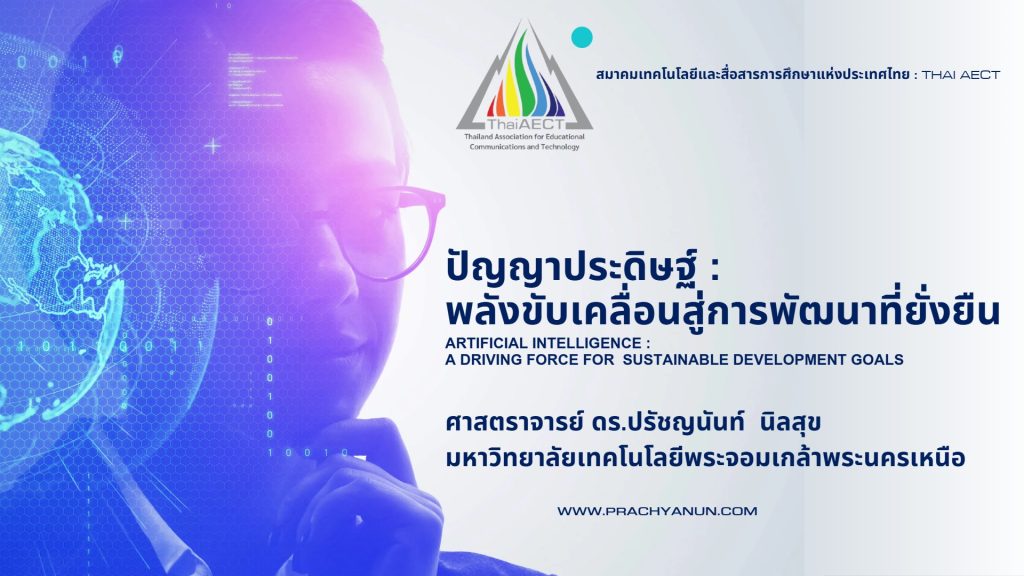Thananan Areepong, Prachyanun Nilsook and Panita Wannapiroon (2025) Interdisciplinary Virtual Learning Community Model for Social Engineer. Journal of Theoretical and Applied Information Technology
15th May 2025. Vol. 103. No. 9, 2025.
https://www.jatit.org/volumes/Vol103No9/7Vol103No9.pdf
| Abstract: | The paper suggests developing a Metaverse interdisciplinary learning community model – M-ILC – to develop social engineers. The interdisciplinary learning community process leverages the Metaverse platform tool to foster social engineering skills among students. The study offers a synthesis of materials with regard to interdisciplinary learning communities in various formats. Emphasis is placed on the significance of nurturing human soft skills through utilizing the Metaverse in the learning process to provide learners with a 3D virtual experience. This collaborative learning approach leads to a more profound comprehension of subject content and expands educational opportunities for students. The suitability of the Metaverse Interdisciplinary Learning Community model (M-ILC) developed by experts in Information Technology, Communication Technology, and the Metaverse, was assessed. The evaluation results were rated as “excellent”, indicating the suitability of the overall learning community model. This suggests that the M-ILC model can effectively cultivate students’ social engineering skills and prepare them for the upcoming digital transformation. Furthermore, it contributes to sustaining a consistent quality standard in the education system. The researchers have introduced new teaching concepts and innovations that align with the current situation in the form of a learning model, fostering a boundary-less learning society that can be accessed anytime and anywhere. |

